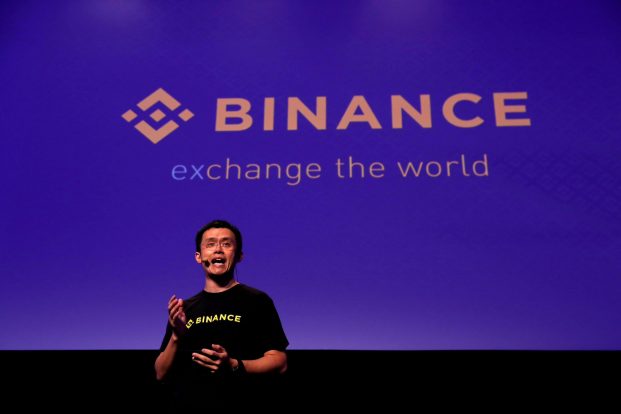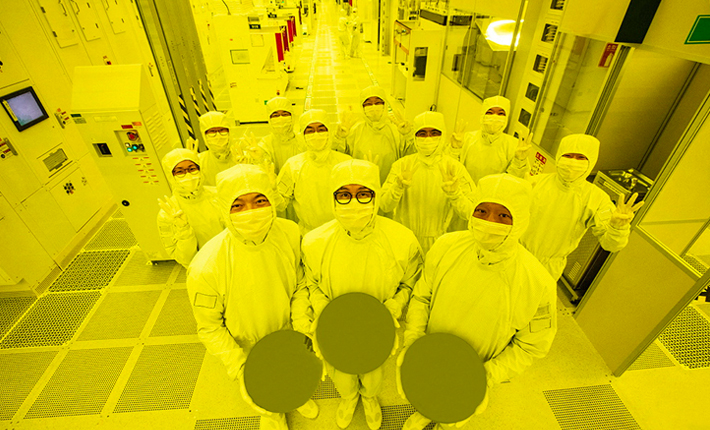The Binance crypto exchange lost close to $1.6 billion last week in the extraordinary TerraUSD-Luna stablecoin meldown.
Founder and CEO Changpeng Zhao revealed this in a series of tweets Monday in which he said Binance had invested $3 million in TerraUSD’s sister cryptocurrency, Luna, four years ago. The value of the 15 million tokens has plunged from $1.6 billion before the crash to less than $3,000 today.
Linked on the Terra blockchain, Luna was supposed to help stabilize TerraUSD should its value deviate from the dollar. Instead, it became part of its meltdown.
Zhao, the world’s richest crypto billionaire with a net worth that Forbes estimates at $17.4 billion, tweeted that he wants retail traders who lost money in the collapse to be reimbursed before Binance.
ALSO SEE: China Tech Stocks Soar as Xi Aide Set to Meet Sector Giants
Stablecoins are pegged to the value of mainstream assets such as the dollar and are the main medium for moving funds between cryptocurrencies or into regular cash. They were widely considered the safe, strait-laced cousins of crypto before the crash upended sentiment.
Last week was the most volatile in the history of this class of cryptocurrency, according to Morgan Stanley.
One of the triggers for the turmoil was that TerraUSD’s peg to the dollar was supposed to be maintained by a complex algorithmically driven mechanism, rather than by reserves of dollars or other assets, as is typical for stablecoins.
TerraUSD’s evisceration contributed to a slide in crypto markets that saw over $357 billion, or 21.7% of digital asset market capitalization, wiped out week-on-week, according to research from crypto exchange Kraken.
Regulatory Concern
The event has stirred considerable regulatory concern, with the British Treasury announcing plans – even before last week’s drama – for regulating stablecoins and a suggestion by US Treasury Secretary Janet Yellen that the US might do the same. South Korea has also said it will look into the regulation of stablecoins.
“As things stand, stablecoins are very lightly regulated, which is strange because if you break down at how a centralised stablecoin works, it is basically the same as a bank deposit,” said Hagen Rooke, a financial regulation partner at law firm Reed Smith in Singapore, said.
Some experts say stablecoins are still very much needed by the world.
“The economy is completely shifting to being internet-based and always on, but the financial system isn’t,” says Chad Cascarilla, CEO of Paxos, a leading stablecoin. “So you need a stablecoin to have the dollars that can move at the speed of the economy, of the fastest parts of the economy.”
Terra’s crash though shook the foundations of a stablecoin universe that was supposed to be immune to the crypto sector’s notorious volatility. Zhao said he would support the community, but wants more transparency about Terra’s collapse.
• Jim Pollard with Reuters
ALSO on AF:
TerraUSD Stablecoin Collapse Unnerves Users, Regulators – Nikkei
Stablecoins Could be Safe Haven in ‘Market Distress’, Say Fed Scholars
Crypto Carnage Continues as Stablecoins Become Untethered
Myanmar Shadow Government Backs Use of Stablecoin Tether























